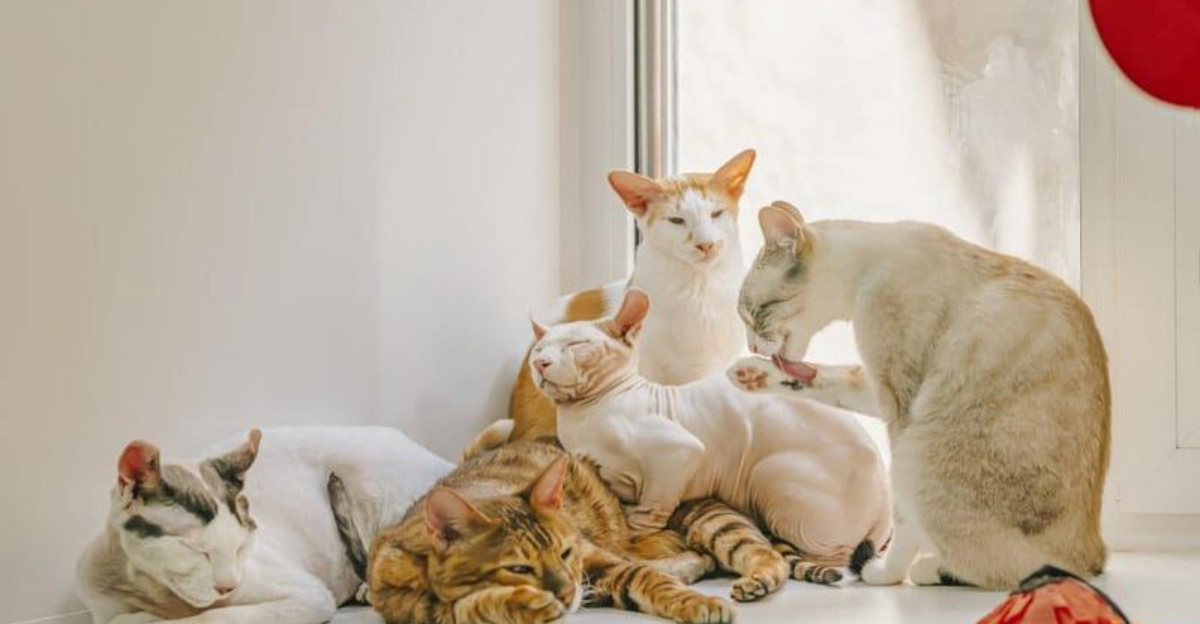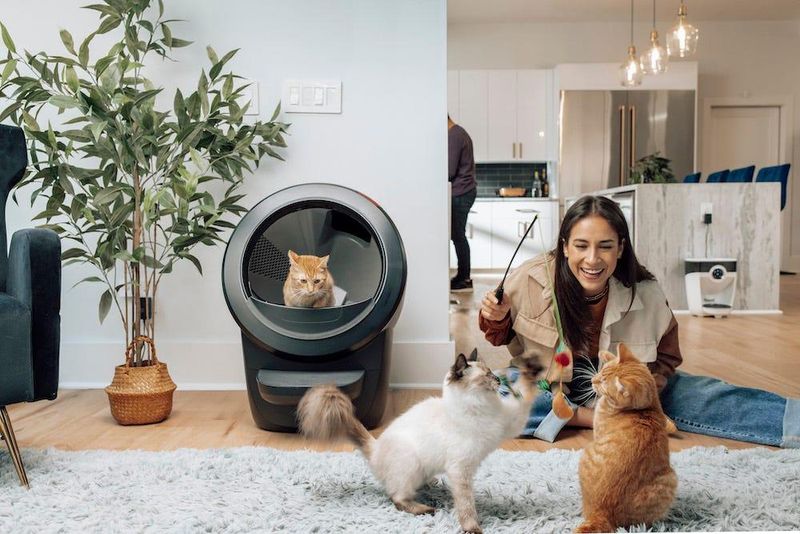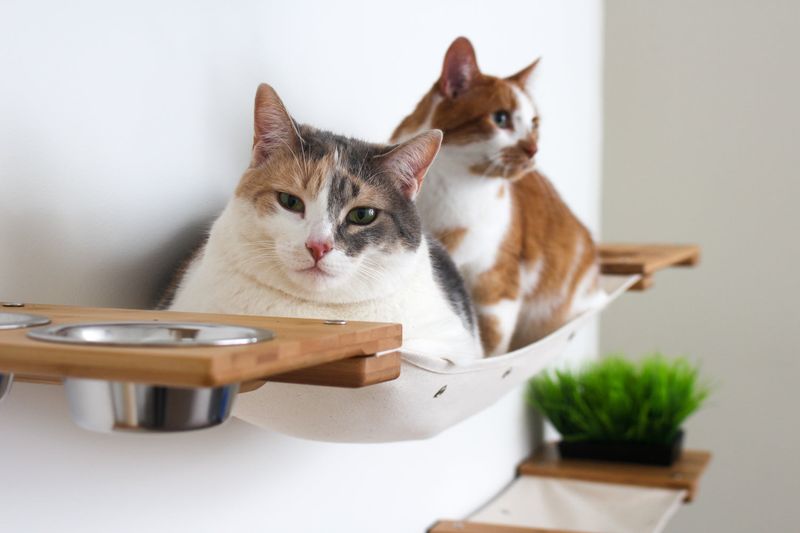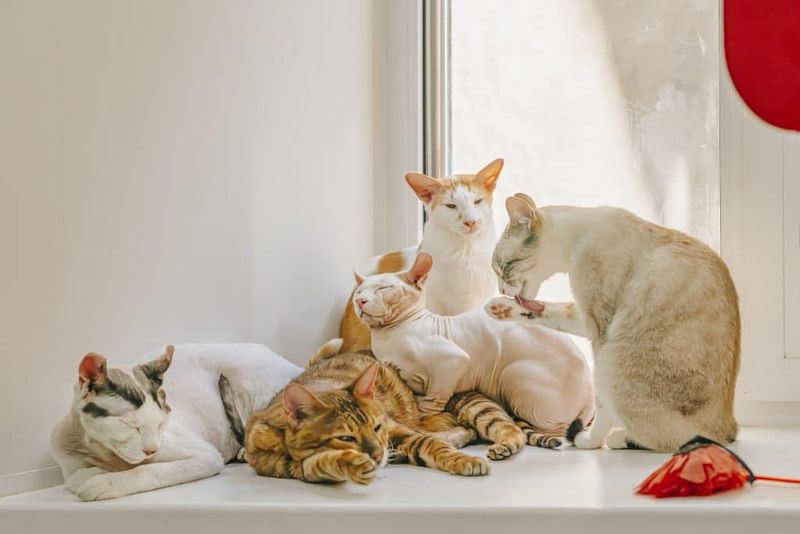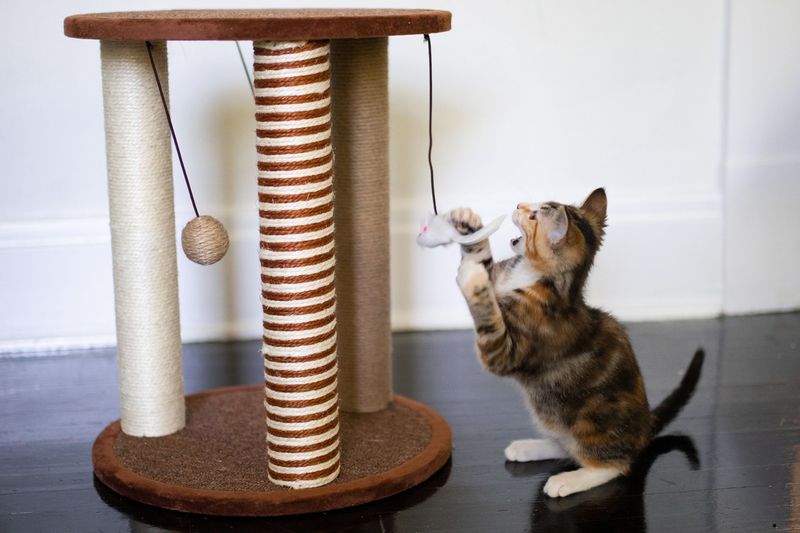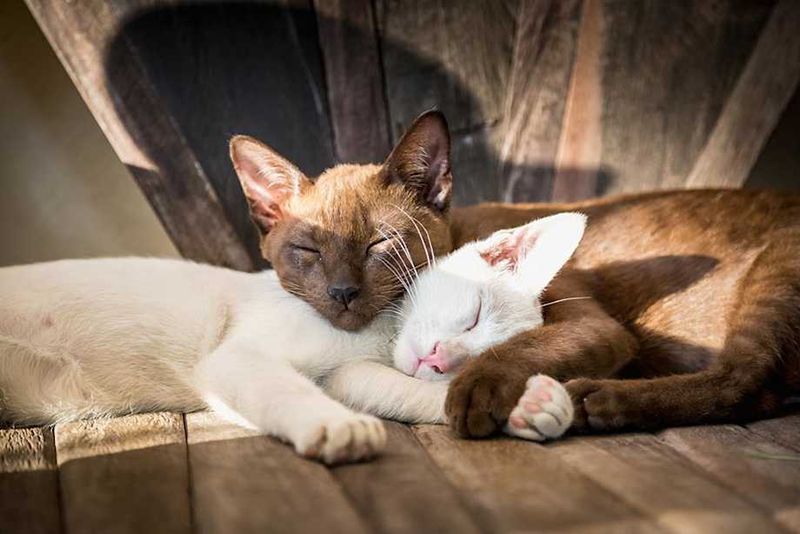📖 Table of Content:
Sharing your home with more than one cat is an experience that brings joy, companionship, and the occasional bit of chaos. While each cat has its own personality, needs, and preferences, introducing more than one feline into your space adds a layer of complexity to daily life. Understanding what changes are necessary can make a significant difference in the overall harmony and happiness of your multi-cat household.
When things go right, a house full of cats can feel like a peaceful, playful haven. But without the right preparation, you may encounter stress, territorial behaviors, or even health issues that arise from crowding or competition. Whether you’re already a seasoned multi-cat owner or just beginning to consider adding a second or third feline friend, taking a proactive approach ensures that both you and your cats can thrive together.
In this guide, you’ll discover nine impactful changes that will transform your multi-cat lifestyle. These tips cover everything from managing resources to understanding cat behavior. You’ll learn how to reduce tension, build trust among your pets, and create an environment that supports everyone’s well-being. While no two cats are exactly alike, certain best practices apply across the board. With patience and consistency, small changes can yield big results. Let’s explore what really works when living with multiple cats.
1. Multiple Litter Boxes Are a Must
One of the first things to consider in a multi-cat household is how many litter boxes you’ll need. Cats are instinctively clean creatures, and they often resist sharing their toileting space with others. Placing just one box in a central location can quickly lead to accidents, disputes, or even health problems due to holding waste. To keep peace and hygiene intact, provide one litter box per cat plus an extra. These should be spread throughout the home in calm, private locations—not bunched together in one room. Hooded boxes, while good for odor control, might feel too confining for some cats, so observe preferences. Regular cleaning is essential, as cats may refuse a soiled box even if others are available.
2. Establish Vertical Space
Creating vertical space is a game changer for households with multiple felines. Instead of competing for floor-level territory, cats can claim shelves, towers, or window sills as their own. Climbing and perching provide not just entertainment, but also a sense of security and ownership. Cat trees placed strategically throughout the home allow individuals to distance themselves from others when they need alone time. Multi-level setups also reduce the likelihood of physical confrontations by giving escape routes. Shelves near windows double as entertainment, offering a view of birds and passersby. It’s a way to expand territory without expanding square footage.
3. Create a Routine
Establishing daily rhythms brings a sense of safety and predictability to a cat’s world. Unlike humans, cats don’t enjoy surprises or sudden changes, especially in a shared environment. Feeding at the same times, scheduled play, and consistent grooming help your cats know what to expect. This stability becomes even more critical when multiple cats are navigating shared territory. Predictable routines minimize stress and make it easier to spot unusual behavior that could signal illness. Over time, even timid or anxious cats will feel more comfortable when they can rely on structure. A steady routine supports both emotional and physical well-being.
4. Feed Separately
Feeding time can quickly become a battleground if cats feel rushed, crowded, or intimidated by one another. To prevent competition or food guarding, give each cat its own bowl and a little personal space. In more sensitive cases, feeding in different rooms altogether might be necessary to maintain peace. Not only does this approach reduce mealtime stress, but it also helps you monitor individual appetites, which is important for health tracking. Some cats eat slower, while others inhale their meals; separate feeding ensures each gets what they need without interference. Elevated or staggered feeding stations can work well in smaller homes. Making food time peaceful can go a long way in supporting household harmony.
5. Recognize Body Language
Understanding feline body language is vital in detecting early signs of tension or stress among your cats. Tail flicks, ear positions, and posture offer clear clues about how a cat is feeling in the moment. Spotting these signals allows you to de-escalate conflicts before they turn into fights. For instance, a low crouch or growl indicates discomfort, while slow blinking shows trust and calm. Watching interactions closely helps you learn which cats get along naturally and which need more space. By becoming fluent in their nonverbal cues, you create a more empathetic, responsive home environment. A little observation goes a long way in maintaining peace.
6. Play with Each Cat Individually
Making time to engage with each cat one-on-one helps reduce jealousy and redirects any pent-up energy. Cats need stimulation and exercise, especially when they share their living space with others. Using wand toys, laser pointers, or puzzle feeders ensures they’re mentally challenged and physically active. Separate play sessions also help you bond personally with each pet, reinforcing trust and emotional connection. It gives shy or lower-ranking cats a chance to interact without interference. Regular play reduces boredom, which can otherwise lead to destructive or aggressive behaviors. Tailoring playtime to individual needs helps all your cats feel seen and secure.
7. Offer Plenty of Scratching Options
Scratching is an instinctual behavior that helps cats mark territory, stretch their muscles, and relieve stress. In multi-cat homes, ensuring you have ample, varied scratching surfaces is essential. Vertical posts, cardboard pads, and sisal mats placed throughout the home can prevent fights over a single favored object. Encouraging use of appropriate scratchers also protects your furniture and belongings. Sprinkle catnip or hang toys nearby to attract interest in new scratching areas. When cats have plenty of options, they’re less likely to compete over any one space. Meeting this need helps everyone coexist more peacefully.
8. Slow Introductions for New Cats
Introducing a new cat to an existing feline crew should never be rushed. Proper introductions reduce the risk of aggression and lay the foundation for a stable relationship. Start by keeping the newcomer in a separate room where they can settle in without threat. Exchange bedding or toys to let them learn each other’s scents before any face-to-face meetings occur. Supervised interactions should be short and gradually increased in frequency. Look for signs of curiosity rather than hostility before proceeding. Patience and careful pacing often lead to smoother, long-term integration. Rushing this step can create tension that’s difficult to undo.
9. Health Checks and Vet Visits
Monitoring the health of multiple cats requires extra diligence and attention to subtle shifts in behavior or appetite. Because cats hide illness so well, changes like litter box habits or reduced activity can be easy to overlook in a busy household. Regular vet visits help ensure that minor issues don’t become major problems. It’s wise to track each cat’s weight and overall condition individually, so that changes are easier to detect. Watch how each interacts with food, litter, and playtime, as these areas often reveal discomfort. Keeping health records and scheduling routine exams adds an extra layer of protection. Staying proactive makes all the difference when managing multiple feline lives.
